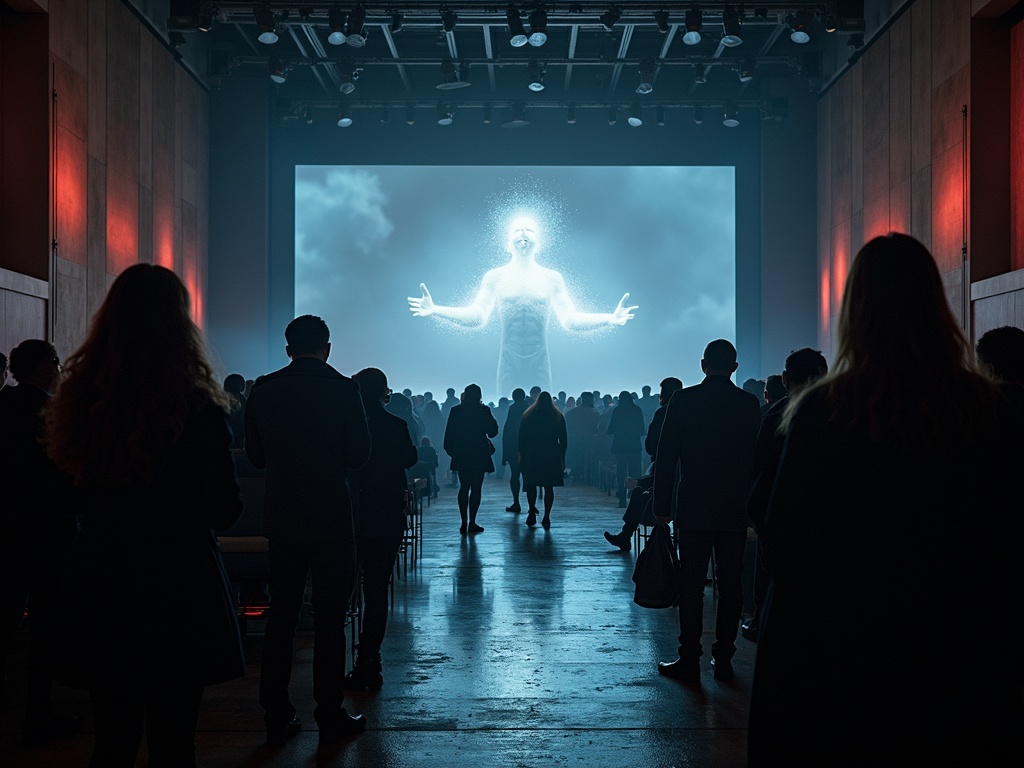The Transformative Power of AI in Performing Arts
Introduction
Artificial Intelligence is revolutionizing various industries, and its emergence in the performing arts is nothing short of transformative. The incorporation of AI is reshaping the live theater landscape and fostering unique artist collaborations. As we delve into this fascinating intersection, we uncover the profound impact of emerging technology on creative expression—a realm traditionally governed by human touch. With venues such as Lincoln Center embracing such shifts, the performing arts are on the brink of a seismic media transformation. Could AI be the new Renaissance for live performance?
Background
Technology has long been a silent partner in the development of the arts, quietly supporting innovation and evolution. Historically, institutions like Lincoln Center have been at the forefront of harnessing new media. From the introduction of amplified sound to immersive visual projections, technology has consistently enhanced artistic depth and audience engagement. Early examples include the use of synthesized music in theater productions and the implementation of video art installations—each advancing the sensory dimensions of performance. The current scenario is yet another chapter where emerging technology promises to unlock unparalleled possibilities, much like the Renaissance, but powered by silicon instead of pen and paint.
Current Trends
In today’s performance space, AI is breaking boundaries and setting trends. Live theater is no longer confined to traditional parameters; it’s evolving into an interactive playground where AI-driven avatars share the stage with human actors. Initiatives like the Collider Fellowship at Lincoln Center are pioneering this shift, encouraging artists to explore the cut-and-thrust of AI integration. For example, AI algorithms now assist in choreographing complex sequences and generating real-time interactive backgrounds, heightening the immersive experience for audiences. This transformation indicates a convergence where technology extends the realm of what’s possible in theatrical expression.
Insights from Industry Leaders
Industry luminaries involved in the Collider Fellowship, like Nona Hendryx, emphasize a visionary approach to creativity and AI. Hendryx notes, \”I love that they’re all really thoughtful people who are not just thinking about [the work] itself….\” Jordan Leigh and Dr. Rashaad Newsome provide a similar perspective, reflecting a sentiment where technology is catching up to their vision, rather than vision playing catch-up to technology. There’s an underlying belief that with more voices in the conversation, the union of art and tech will only be enriched, leading to a diverse tapestry of creative potentials.
Future Forecast
Peering into the crystal ball, the potential of AI in performing arts reveals both thrilling opportunities and challenging paradigms. Future productions might see AI being used to create hyper-personalized experiences—imagine a theater performance that adapts its storyline based on real-time audience reactions. AI could also democratize artistic production, allowing more people access to create and participate in art, reducing the barriers that historically bottlenecked creative expression. As we move closer to 2025 and beyond, the benefits of AI and immersive technology will transform live theater into a multi-dimensional experience beyond passive viewing.
Call to Action
The integration of AI in performing arts isn’t a passing trend but a burgeoning frontier. It’s time to engage more actively with our local performing arts communities, participate in dialogues, and explore AI’s role in amplifying artistic expression. As tech converges with the arts, it heralds a new dynamic—one that demands bold thinking and a willingness to reshape our understanding of creativity.
—
For further exploration of these intersections, you can read about Lincoln Center’s Collider Fellows and the transformative potential of tech in performing arts here. Stay tuned as these ideas continue to evolve and redefine the boundaries of live performance.
